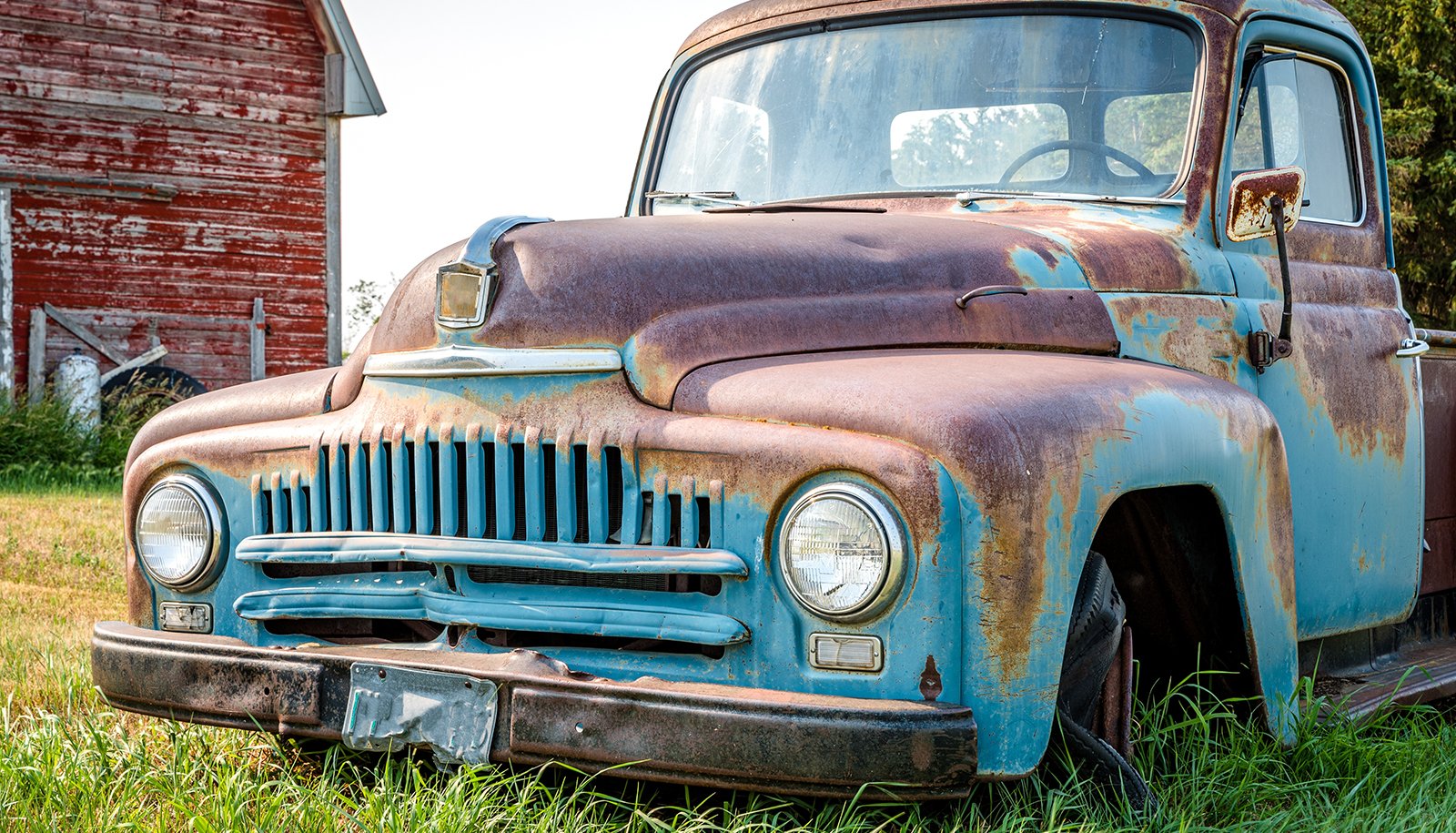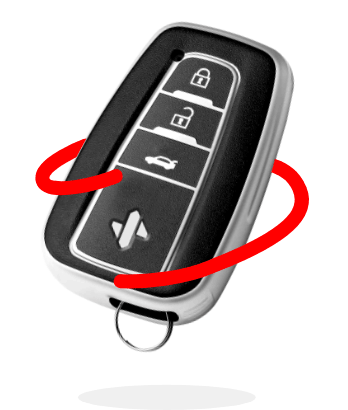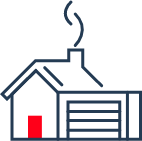If you’re a homeowner, you know that it’s important to have homeowners insurance. But did you know that there are different types of policies available?
WHAT’S A HO-3 POLICY?
HO-3 policies are the most common type of homeowners insurance policy. HO-3 policies provide coverage for your home and personal property against several perils, including fire, theft, and wind damage.
HO-3 policies also provide liability coverage in the event that someone is injured on your property. In addition, HO-3 policies provide additional living expenses coverage in the event that your home is uninhabitable due to a covered peril.
While HO-3 policies are the most comprehensive type of homeowners insurance policy available, they have some limitations. For example, HO-3 policies typically don’t cover flood or earthquake damage. If you live in an area susceptible to these disasters, you may need to purchase a separate policy to insure your home against these perils.
An HO-3 policy can include either named or open perils, so let’s dive into what each of those look like.
Named Perils
A named-peril policy is an insurance policy that covers damage to your property from hazards named explicitly in the policy.
For example, if you have a named-peril policy for your home with a fire named as peril and there is a fire, the policy will cover the cost of repairing or replacing any damage caused by the fire. However, if your policy does not name flooding as peril and your house gets flooded, you’ll be responsible for the damage.
Named-peril policies typically provide more limited coverage than all-peril policies, but they may be less expensive.
When considering a named- peril policy, it's essential to carefully review the list of covered hazards to make sure that it includes the types of events that are most likely to occur in your area. Otherwise, you may find yourself without coverage when you need it most.
Open Perils
An open peril policy is insurance coverage that protects against all risks unless they are expressly excluded from the policy. This contrasts with a named-peril policy, which covers only the specifically detailed risks in the policy.
For example, your policy will state exclusions for hail, wind, and freezing. Open peril policies are more comprehensive, but they also tend to be more expensive.
Many insurance companies offer both types of coverage, giving consumers the choice of which type of policy is suitable for their needs. An open peril policy may be the best option for those who want the peace of mind that comes with knowing they are fully protected.
WHAT’S A HO-6 POLICY?
An HO-6 policy is insurance coverage that explicitly covers condominiums and co-ops. It protects against damage to the unit itself and any personal belongings inside the unit. In addition, HO-6 policies provide liability coverage if someone is injured while on the property.
One of the critical things to understand about HO-6 policies is that they don’t cover the common areas of a condominium or co-op building. If there’s damage to the lobby or hallway, for example, the building's association would be responsible for repairing it — not the individual unit owners.
If you're considering purchasing a condominium or co-op, talk to your insurance agent about getting an HO-6 policy. It’ll help give you peace of mind knowing that your unit and belongings are well protected.
WHAT’S THE DIFFERENCE BETWEEN A HO-3 AND HO-6 POLICY?
The biggest difference between these two policies is that HO-3 is for houses and HO-6 is only for condominiums.
The HO-6 policy will not cover any of the building items outside of your condo unit and usually only covers everything up to the walls of your unit, leaving off the structure of the condo where HO-3 will cover the entire structure of the dwelling.
HO-3 can be a named-peril policy or an open peril policy, whereas the HO-6 is typically only a named-peril policy.
Let's take a closer look at these two options and see who they are best suited for.
Who are HO-3 policies right for?
When it comes to choosing homeowners insurance, there are various options available. One of the most popular choices is an HO-3 policy.
The HO-3 policy is also one of the most comprehensive types of homeowner insurance, providing coverage for the dwelling, personal property, detached structures, and liability.
HO-3 policies are open to several home types, including single-family homes and townhomes. Additionally, HO-3 policies can be customized to meet the policyholder's individual needs.
As a result, an HO-3 policy is an excellent choice for those looking for comprehensive coverage at an affordable price.
Who are HO-6 policies right for?
An HO-6 policy, also known as a condominium homeowner’s policy, is insurance specifically designed for condo owners. This type of policy will cover the inside of your condo, your personal property, and personal liability when you live in a condo.
While your condo association’s master policy will insure the building itself and common areas, it doesn’t cover your personal belongings or protect you from liability if someone is injured in your unit.
An HO-6 policy will fill in these gaps, including giving you the peace of mind that you and your belongings are covered in the event of an accident or disaster. Whether you’re a first-time condominium owner or a seasoned veteran, it’s essential to ensure you have the right insurance to protect yourself and your investment.
As you can see, there’s a pretty specific difference between the HO-3 and HO-6 policies. Now that you know the distinctions, contact your insurance provider to purchase the right one for you and make sure you’re covered.
If you need help finding the best HO-3 or HO-6 homeowners insurance coverage for the best price, start by speaking to a SimplyIOA agent at 833.872.4467 or get a homeowners insurance quote online now.











